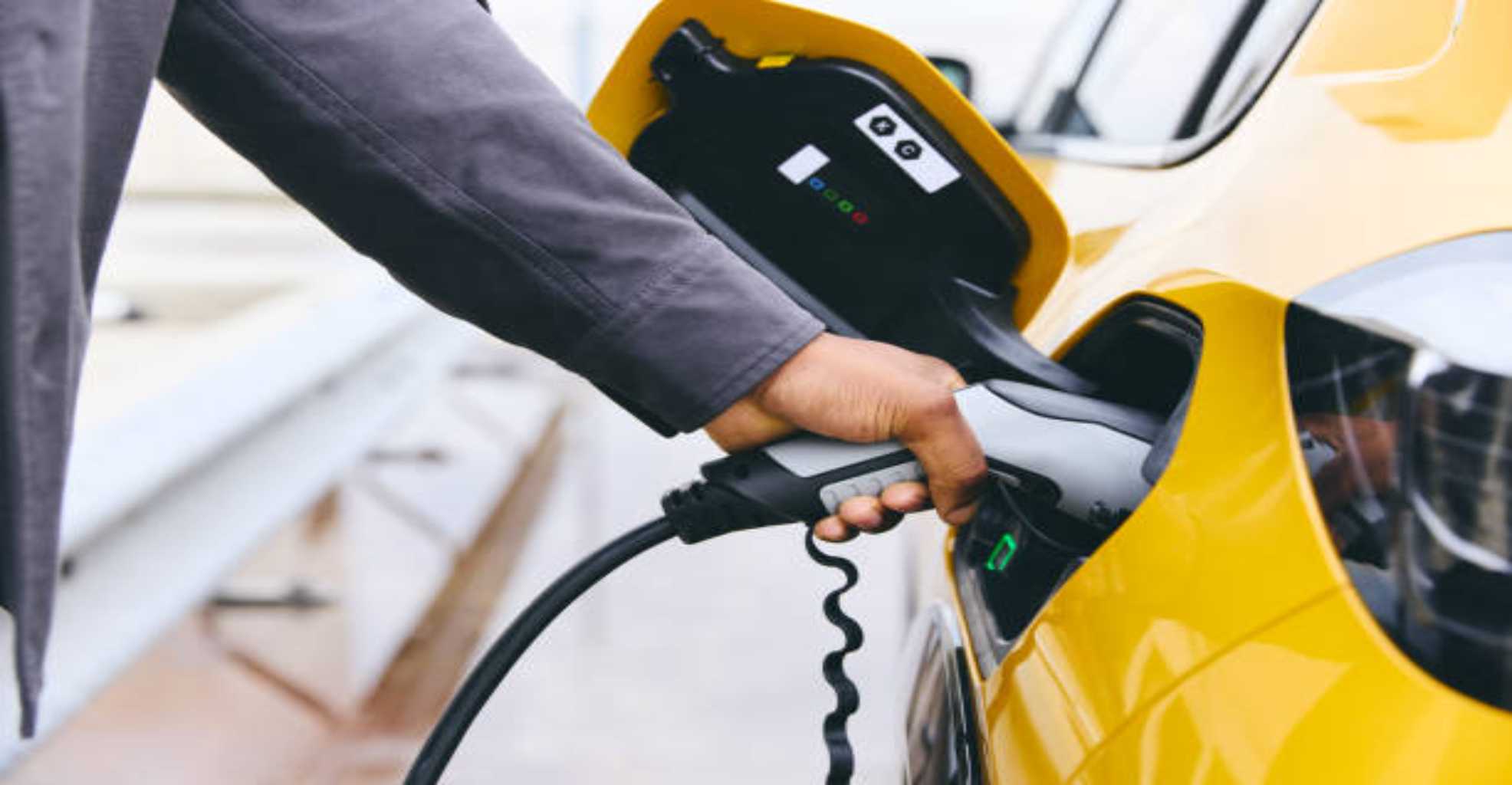Recent Innovations in Battery Technology for Electric Vehicles
The global push for clean energy and sustainable transportation has put electric vehicles (EVs) at the center of innovation. At the heart of this revolution lies one critical component: the battery. As demand for EVs grows, so does the need for batteries that are more powerful, efficient, affordable, and environmentally friendly.
Recent years have seen remarkable breakthroughs in battery technology, promising to extend driving range, shorten charging times, reduce costs, and improve safety. This post explores the latest innovations in EV battery technology, their potential impact, and the future of energy storage in electric mobility.
The Limitations of Traditional Lithium-Ion Batteries
Today’s electric vehicles predominantly use lithium-ion (Li-ion) batteries. While they’ve powered the first major wave of EVs, they come with notable drawbacks:
-
Limited range (200–400 miles per charge)
-
Slow charging speeds
-
High production costs
-
Fire risk under stress
-
Environmental concerns related to mining materials like cobalt and lithium
To overcome these challenges, scientists and manufacturers are exploring next-generation battery technologies.
1. Solid-State Batteries
One of the most promising developments is solid-state batteries, which replace the liquid electrolyte in Li-ion cells with a solid material.
Advantages:
-
Higher energy density (up to 2–3 times current Li-ion)
-
Faster charging
-
Lower fire risk
-
Longer lifespan
Toyota, QuantumScape, and Samsung are leading the race to commercialize solid-state batteries, with Toyota aiming for a launch as early as 2027. These batteries could give EVs a range of over 600 miles and allow full charging in under 15 minutes.
2. Lithium-Silicon Anodes
Replacing graphite anodes in lithium-ion batteries with silicon can significantly improve battery performance.
Benefits:
-
Up to 40% more energy storage
-
Faster charging
-
More compact and lighter batteries
Companies like Sila Nanotechnologies and Amprius are already supplying lithium-silicon battery cells for consumer electronics and preparing for EV-scale production.
3. Lithium-Iron Phosphate (LFP) Batteries
LFP batteries are gaining popularity for their safety, cost-effectiveness, and durability.
Key Features:
-
Lower cost due to no cobalt or nickel
-
Safer and more stable
-
Longer cycle life
Although they have lower energy density, companies like Tesla are increasingly using LFP cells in their standard-range EVs, especially in markets like China.
4. Cobalt-Free and Sustainable Batteries
Cobalt is expensive and associated with unethical mining practices. Manufacturers are now developing cobalt-free batteries using alternatives like nickel-manganese or iron-based chemistries.
Why it matters:
-
Reduced environmental impact
-
Lower production cost
-
Improved ethical sourcing
Companies like General Motors and CATL are working on next-gen batteries with zero cobalt content, supporting ethical and scalable EV growth.
5. Fast-Charging Technologies
To make EVs as convenient as gasoline cars, charging time needs to drop significantly. Recent innovations include:
-
Extreme Fast Charging (XFC): Charging an EV to 80% in under 10 minutes.
-
Graphene-enhanced batteries: Provide faster ion flow and heat dissipation.
-
Smart thermal management systems: Keep batteries at optimal temperatures for faster charging and improved longevity.
Companies like StoreDot, Enevate, and Tesla are experimenting with charging speeds previously thought impossible.
6. Battery Recycling and Second Life Applications
As the number of EVs grows, so does the concern over battery disposal. Fortunately, battery recycling and second-life use are becoming viable solutions.
Innovations include:
-
Closed-loop recycling systems by Redwood Materials and Li-Cycle
-
Second-life applications in grid storage and solar energy storage
-
Efficient recovery of lithium, nickel, and cobalt
Recycling reduces the need for new raw materials and ensures that EVs remain a sustainable alternative to combustion engines.
7. Sodium-Ion Batteries
A potentially cheaper and more abundant alternative to lithium-ion is sodium-ion technology.
Pros:
-
Sodium is more abundant than lithium
-
Similar safety profile
-
Cost-effective for large-scale energy storage
CATL recently unveiled a sodium-ion EV battery that could serve entry-level electric vehicles and grid applications, especially in emerging markets.
8. Structural Batteries
Imagine the battery being part of the car's body itself. That’s the promise of structural batteries, where energy storage is integrated into the car’s frame or chassis.
Benefits:
-
Weight reduction
-
Increased range
-
Simplified vehicle design
Researchers at Chalmers University and companies like Tesla are exploring ways to create multifunctional battery materials that store energy while serving as structural components.
The Role of AI and Big Data in Battery Development
Artificial intelligence is now being used to:
-
Predict battery degradation
-
Optimize charging behavior
-
Design new materials at atomic levels
Platforms like NVIDIA AI, Google’s DeepMind, and academic labs are using AI to accelerate battery research, simulate real-world usage, and reduce development time.
Industry Adoption and Market Impact
Major car manufacturers are heavily investing in battery innovation:
-
Tesla: Focus on in-house battery production with the 4680 cell and new chemistries
-
Volkswagen: Planning six battery factories across Europe
-
Ford and GM: Investing billions into battery plants and R&D in North America
-
BYD: Scaling up blade battery production with enhanced safety and energy density
As a result, battery costs have dropped by over 90% in the last decade, and are projected to fall below $50/kWh by 2030—making EVs cheaper than gas-powered vehicles.
Challenges Ahead
Despite progress, several challenges remain:
-
Raw material shortages
-
Environmental impact of mining
-
Global supply chain instability
-
Scalability of new technologies
-
Standardization and safety regulation
Governments, automakers, and tech companies must collaborate to address these issues through sustainable sourcing, robust recycling programs, and international policy coordination.
Conclusion
Battery technology is the lifeblood of the electric vehicle revolution, and recent innovations are pushing the boundaries of what’s possible. From solid-state batteries and silicon anodes to sodium-ion and structural designs, these breakthroughs promise longer ranges, faster charging, safer use, and lower costs.
As we race toward a future of zero-emission transportation, advances in battery science will determine not just the performance of electric vehicles—but the speed of the entire energy transition.









